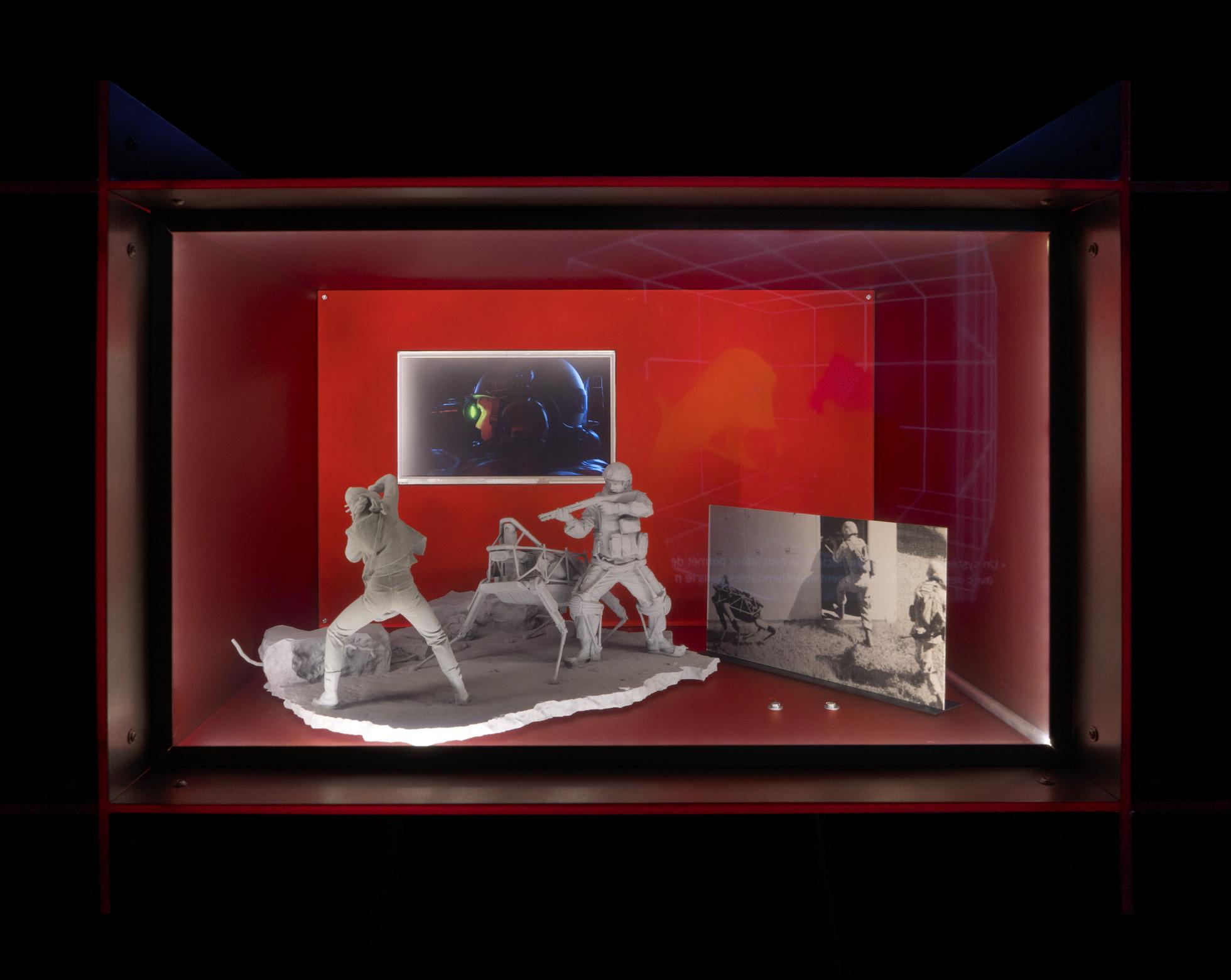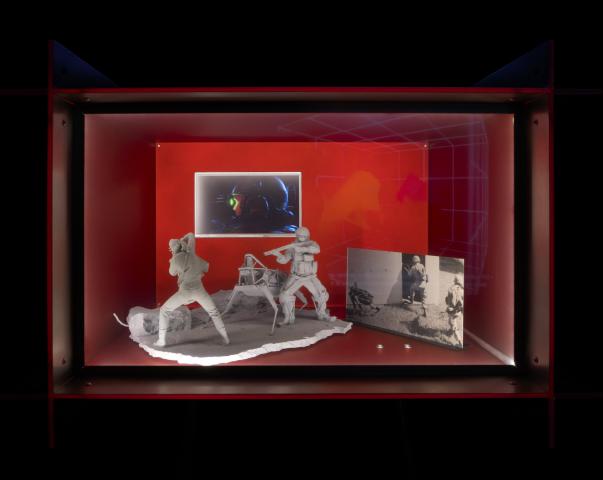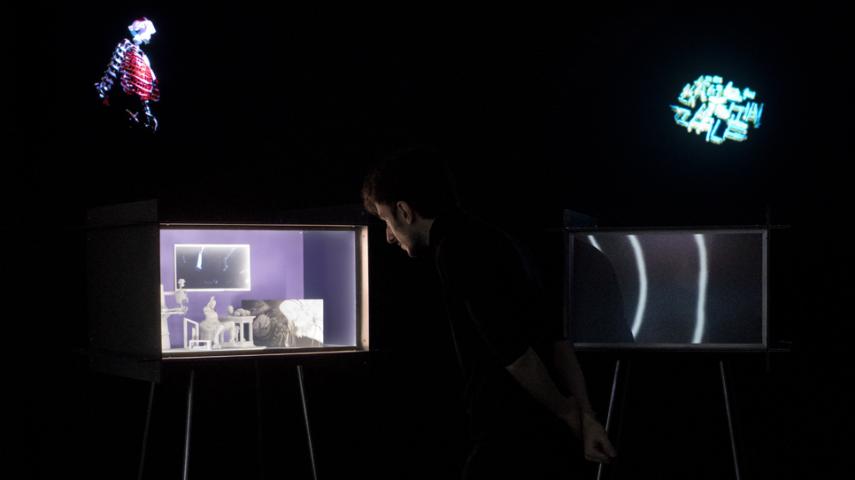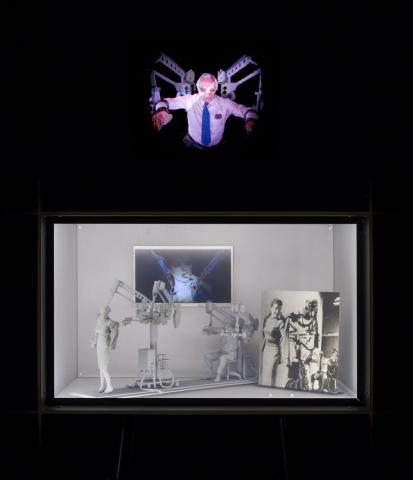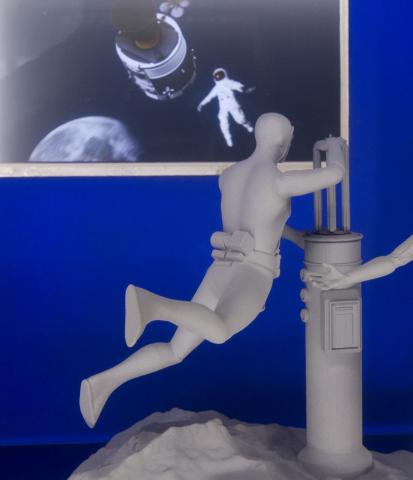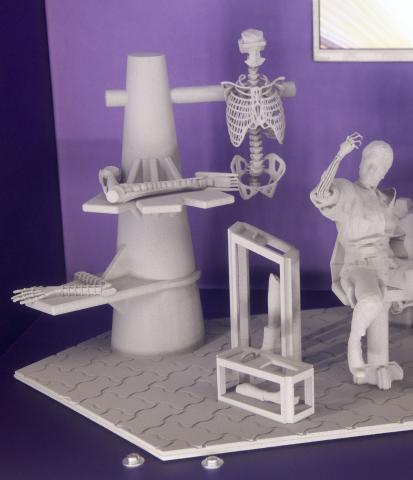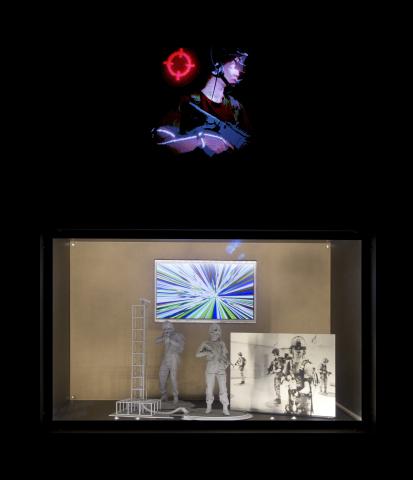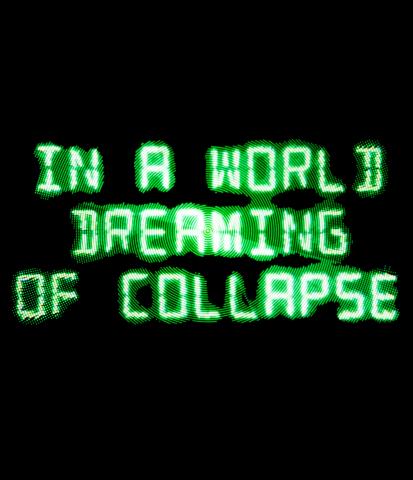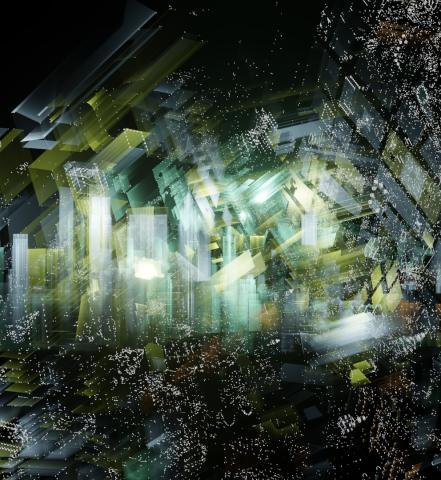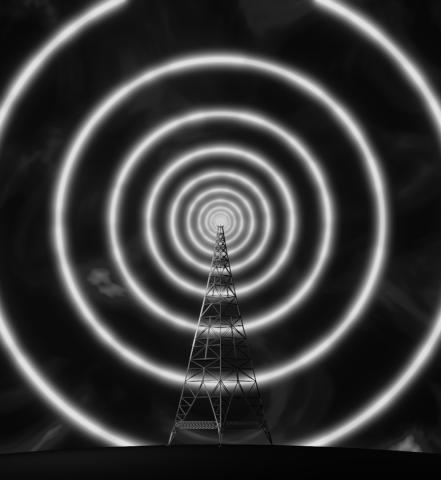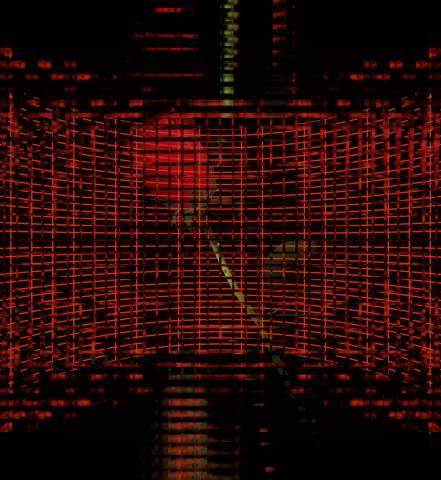A large part of the concepts around which digital cultures are structured come from cybernetics. This techno-scientific movement, from which computer science and robotics developed, was born during the Second World War in the United States. This particular situation gave a warmongering connotation to all its inventions, whether epistemological or technical. Cybernetics: From 1942 Onwards reveals the degree of influence of this movement and pleads for our imaginary to be emancipated from it.
Cybernetics: From 1942 Onwards. Mapping the Constitution of a New Empire
Find out more
During the Second World War, a new techno-scientific movement emerged in the United States: cybernetics. Bringing together a range of disciplines such as signal analysis and processing, robotics, neurology and behavioural psychology, it enabled many researchers across the Atlantic to found a new science. They hoped it would give them a decisive advantage in the fields of cryptology, geostrategy and the creation of tactical devices. Believing in the interchangeability of organic and artificial substrates, cyberneticians thought they could model consciousness. The reductionisms they introduced (such as the assimilation of the brain to a black box), allowed the emergence of computer science and AI. Military foresight has embraced the cybernetician's imagination. As the society we live in is organized around technologies developed primitively in this warmongering perspective, our collective representations of the world break away from this violent tradition with difficulty. Cybernetics: From 1942 Onwards proposes to challenge these transformations. The installation consists of six interactive displays, six holographic propellers and a 19 min. 26 sec. animated film.
The holographic propellers are devices that rotate a programmable coloured LED track. They take advantage of the phenomenon of persistence of vision to give the illusion that a solid, animated image is floating in the air. By approaching the holographic propellers, the public activates the revelation of the content of the displays: a signal sent from sensitive mats to microcontrollers makes the liquid crystal films covering the acrylic glass panels of the displays, normally opaque in the absence of visitors, transparent. The displays light up and reveal each time: an archival image silk-screened on metal, an LCD screen, showing computer-generated animations and a 3D print. The elements shown in the displays overlap with those presented in the film projected on the wall in the rest of the room. The project puts military archives into perspective with representations linked to the imaginary of the cyborg.
Votre contact


Merci pour votre contribution.
Vous serez informés de sa publication ou d’une éventuelle demande de compléments.





